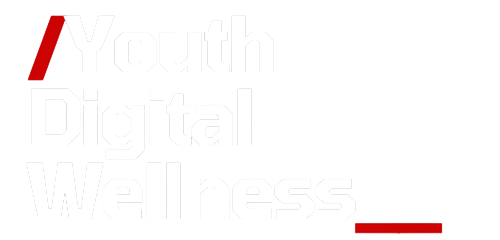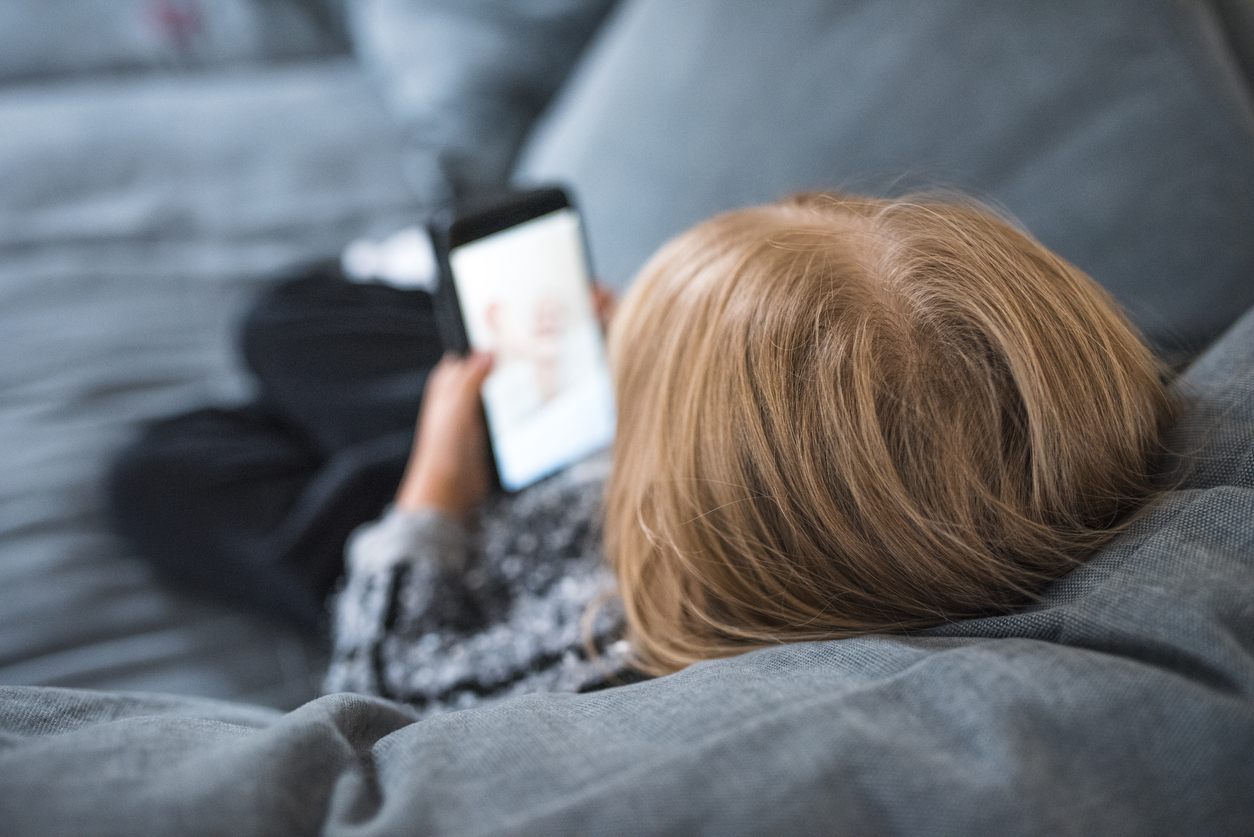The Silent Trap: How “Digital Toxification” Is Rewiring Childhood—and What We Must Do Now
Young people live in an always-on attention economy. The majority of teens are online daily; a large share report being online almost constantly.
Heavy use (3+ hours/day) is linked with doubled risk of depressive and anxiety symptoms; frequent social media use is associated with more bullying exposure and persistent sadness. Sleep is shortened and disrupted, learning is distracted, and body image pressures intensify—especially for girls.
None of this means technology is “bad”—but the design of our feeds (infinite scroll, autoplay, notifications) can drive compulsive use that silently entangles kids.
This article names the problem (“digital toxification”), shares key data, and invites schools and communities to join theYouth Digital Wellness campaign: assess your Detox Score, download the Digital Detox Calendar, host a talk, and partner to build healthier digital habits for students.
What we mean by “digital toxification”
Digital toxification is chronic, compulsive over-exposure to algorithmically amplified content and notifications that crowds out sleep, movement, focused learning, in-person connection, and self-regulation.
It’s not just “screen time”; it’s the design patterns(infinite scroll, likes, streaks) that hijack attention and reward loops—especially in still-developing brains.
The U.S. Surgeon General emphasizes that adolescent brains (10–19) are uniquely sensitive to social rewards/punishments and that excessive use can be associated with changes in emotion and impulse-control regions.
Alarming facts (what the data show)
- Near-universal use & intensity. Up to 95% of teens (13–17) use social media; about one-third report using it “almost constantly.”
- In 2024–25, Pew findsnearly halfof U.S. teens say they’re online almost constantly.
- Mental-health risk with heavy use. Adolescents who spend >3 hours/day on social media face double the risk of depressive/anxiety symptoms, even after adjusting for baseline mental health.
- Frequent use & harm markers. In the CDC’s nationally representative 2023 YRBS, 77% of high-schoolers used social media several times a day; frequent users were more likely to report electronic bullying, persistent sadness/hopelessness, and some suicide-risk markers.
- Sleep disruption is commonplace. AAP and systematic reviews link screen use with later bedtimes, shorter sleep, and poorer sleep quality; ~1 in 3teens report using screens until midnight or later on school nights. Poor sleep is tied to depression and suicidal thoughts/behaviors.
- Learning loss via distraction. OECD PISA 2022 shows digital distraction correlates with lower academic performance; students distracted by devices in class score significantly lower in math.
- Policies that help. A natural-experiment study in England found school mobile-phone bans improved test scores, with the biggest gains for lower-achieving students.
- Problematic gaming is real. The WHO’s ICD-11 formally recognizes Gaming Disorder(impaired control; gaming prioritized over other activities; continued use despite harm).
How digital toxification harms kids (and society)
1) Mental wellbeing
- Mood & anxiety: Heavier daily social media use (3+ hours) is associated with twice the risk of depressive/anxiety symptoms; frequent use correlates with persistent sadness and suicide-risk markers in YRBS. Mechanisms include social comparison, exposure to harmful content, cyberbullying, and disrupted sleep.
- Body image & eating concerns: Syntheses indicate social comparison on platforms is linked to body dissatisfaction and disordered eating, with stronger effects among girls.
2) Sleep & neurodevelopment
- Blue-light and emotionally arousing content delay melatonin and keep kids alert; strong evidence connects screens with reduced sleep duration and quality. The Surgeon General notes 1 in 3adolescents use screens past midnight; poor sleep links to adverse brain development and mood.
3) Learning, attention & equity
- In-class distraction reduces learning time and outcomes; PISA analyses show students distracted by digital devices score lower. When schools limit phones, scores improve—and the largest benefits accrue to struggling students, narrowing gaps.
4) Safety & online harm
- Many teens encounter hate-based content and unwanted contact; platforms’ moderation remains inconsistent. Frequent users report more bullying and harassment, compounding mental-health risks.
Why this is so dangerous: the “silent trap”
Platforms optimize for engagement using autoplay, infinite scroll, push notifications, and public metrics (likes/streaks). These features exploit habit formation and social reward pathways; one model estimates ~31% of use stems from self-control challenges. Without naming and measuring this dynamic, families and schools can remain unawarethey’re caught in it—and can’t exit what they don’t see.
What healthy guidance looks like (without fear-mongering)
- Under 5s: WHO recommends ≤1 hour/day of sedentary screen time for ages 2–4; none for under-1s.
- School-age & teens: The AAP no longer sets a universal daily cap; instead it urges a family media plan that protects sleep, physical activity, & in-person time and keeps bedrooms screen-free—a practice tied to better sleep.
The Youth Digital Wellness campaign (join us)
I’m leading Youth Digital Wellness to move communities from concern to action. First step: recognize the pattern—not “we’re infected,” but we’re being over-exposed and conditioned by persuasive design. Then take measurable steps.
Get started (free):
- Check your Detox Score ( quick self-assessment ) at youthdigitalwellness.world.
- Download the 30-Day Digital Detox Calendar for classrooms & families.
- Host a talk / assembly: We’re building a roster of speakers (educators, clinicians, youth leaders) to deliver age-appropriate sessions on sleep, attention, and online safety.
- Partner as a school or institute: Pilot phone-free learning blocks, bedroom-screen-free pledges, and notification hygiene challenges; measure outcomes (sleep, tardiness, grades).
This is not a war on technology
Many youth—especially those marginalized offline—gain community and support online. The goal is healthy digital environmentsthat protect sleep, focus, safety, and self-worth.
Call for speakers, partners & supporters
If you’re a principal, teacher, school counselor, pediatrician, psychologist, youth coach, or parent leader and would like to speak, host, or partner, please reach out. Together, we can make Youth Digital Wellness a norm, not a niche.
- Check your Detox Score and share it with your friends
- Download the Digital Detox Calendar and run a 7-day challenge.
- Invite us for an assembly or Parent Meet.
- Partner as a school or institute to co-design and measure practical intervention

Driven by a vision to educate and inspire, she began a mission to raise awareness about the hidden harms of the digital world. Her unique ability to express these challenges and her courage to stand alone in this fight make her voice powerful. She may not know how far her mission will go, but every day she works hard, determined to help young people take back control of their lives and build a healthier future beyond the screen

